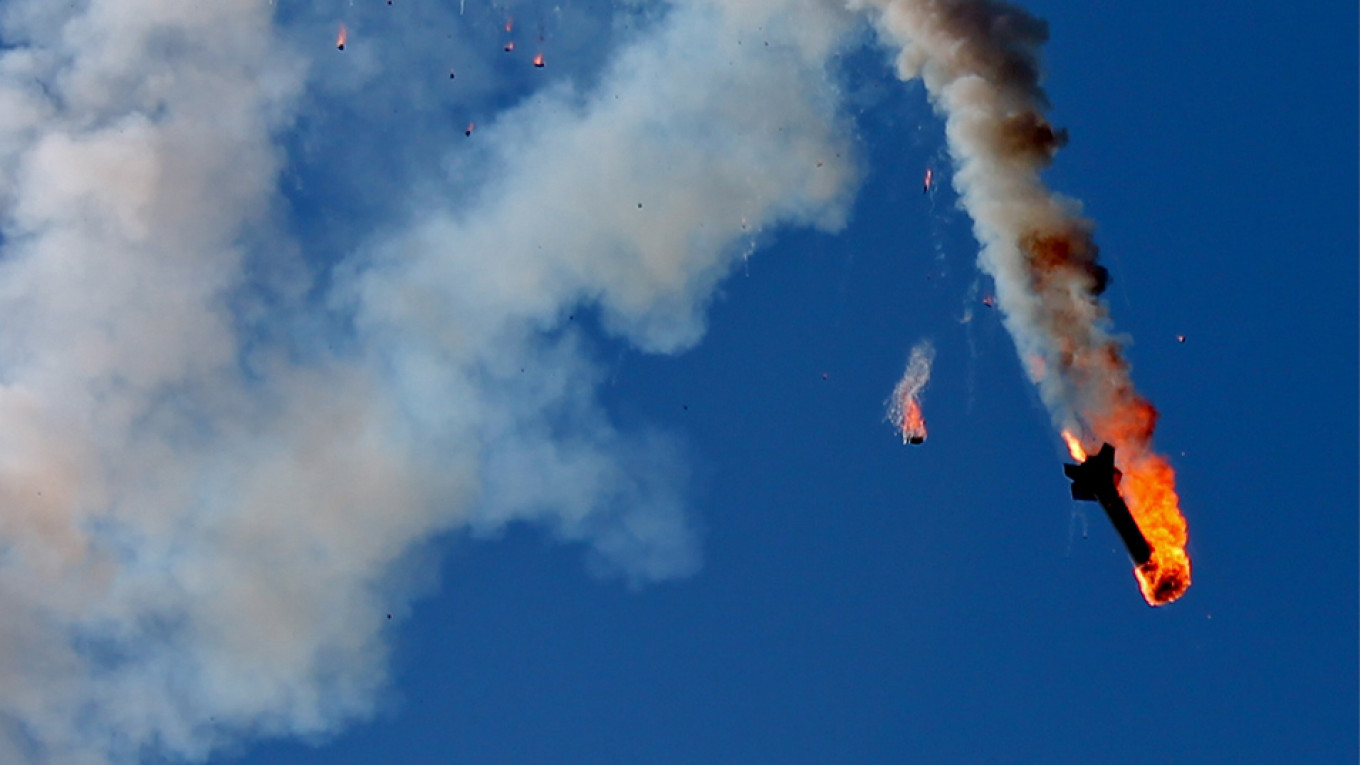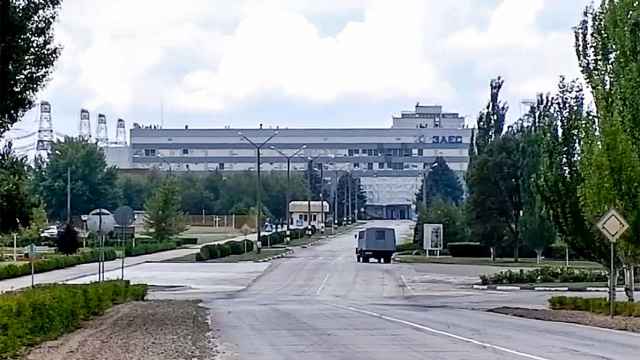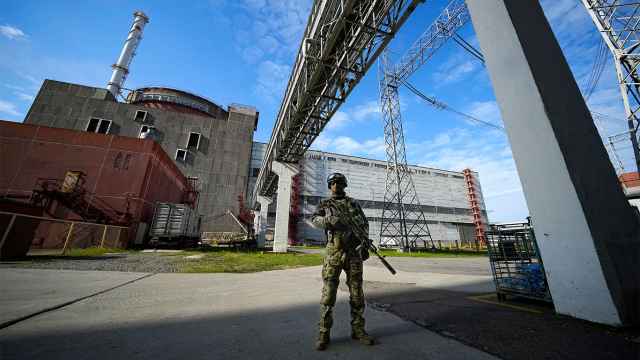I don’t believe that aliens have visited Earth, I don’t believe in magic and I don’t believe in perpetual motion.
I also don’t believe that it’s possible to build a nuclear-powered cruise or ballistic missile, but it seems a lot of people do.
They believe the accident at a military test site near the town of Severodvinsk in Arkhangelsk region last week was caused by the unsuccessful test of a mysterious Russian nuclear-powered missile called Burevestnik.
So what do we know? We know there was a radioisotopic power system involved. We know a liquid-fuel engine exploded. We also know that of five of Russian state nuclear company Rosatom’s engineers and two military officers died, and several more people were wounded in the accident.
But the accident had nothing to do with missiles. In the 1950s and 1960s the U.S. and the U.S.S.R. looked into trying to create nuclear-powered engines for missiles and aircraft. The prototypes were the size and the weight of a railway car.
They produced a lot of heat and a lot of radiation, and they needed dozens of highly-qualified personnel to operate them. Sixty years later almost nothing has changed, despite advances in technology. We still need heavy covers, cooling systems and other cumbersome installations for any type of nuclear reactor. We can’t build a missile-sized light and safe nuclear-powered engine that will give enough power for a flight. And we will never be able to because of the laws of physics.
The accident near Severodvinsk looks like it was caused by an experiment for Russia’s space program. Since the 1960s radioisotopic power systems have been used in outer space. They are small and need just a few people to operate them. The accident could have involved a small fission reactor using uranium-235 and a Stirling engine to convert heat into electricity — similar to NASA’s Kilopower project for interplanetary missions.
It could also have been sparked by the upgrade to Soviet-era fission reactors with thermoelectric generators for military satellites, or the new type of radioisotope thermoelectric generator (RTG) using uranium-235, plutonium-238 or other radioisotopes.
The main problem with these devices is their electric power capacity, ranging from tens of watts for the RTGs to 10 kilowatts for small fission reactors. When I say “small” I mean they weigh from tens of hundreds of kilos to a couple of tons. They produce enough electric power for a spacecraft’s equipment. In comparison, your electric kettle needs about 2 kilowatts of electric power, and the jet engine for a cruise missile weighs from 30 to 80 kilos, gives enough thrust for a flight and produces 4 kilowatts of electric power for missile equipment.
So, radioisotopic power systems cannot power missiles, but they are needed for spacecraft. Moreover, spacecraft usually have their own rocket engines for acceleration and maneuvering. That means it is necessary to work out how radioisotopic power systems work with the engines due to vibrations, the influence of radiation and other factors.
It’s not strange that this kind of testing would be carried out at the naval missile test site near Severodvinsk. It has good infrastructure connected to the shipyard where Russian nuclear submarines are produced and repaired, which includes a permanent Rosatom’s facility.
The missile test site also has the necessary equipment. We also should remember that the navy was involved in the Russian space program in the 1990s and 2000s. That’s why there is nothing extraordinary in the radioisotopic power system for space being tested in cooperation with the navy. Especially if the power system will be used by military satellites. That would also explain the high level of secrecy surrounding the test and the accident.
None of this is stopping the Russian authorities from trying to make political gains, even from a fatal nuclear accident.
They want us to believe the Kremlin is testing a mighty nuclear-powered cruise missile that will become a global game changer in the face of U.S. confrontation.
Against this background, all of the leaks from anonymous sources regarding the missile — even including its manufacturing index — look like an intentional misinformation campaign from the Russian side. And the campaign is having some success.
However, the bottom line is that the mysterious cruise missile doesn’t exist because it contradicts the laws of physics.
There is no mystery missile, just mystification of missiles for political gain.
A Message from The Moscow Times:
Dear readers,
We are facing unprecedented challenges. Russia's Prosecutor General's Office has designated The Moscow Times as an "undesirable" organization, criminalizing our work and putting our staff at risk of prosecution. This follows our earlier unjust labeling as a "foreign agent."
These actions are direct attempts to silence independent journalism in Russia. The authorities claim our work "discredits the decisions of the Russian leadership." We see things differently: we strive to provide accurate, unbiased reporting on Russia.
We, the journalists of The Moscow Times, refuse to be silenced. But to continue our work, we need your help.
Your support, no matter how small, makes a world of difference. If you can, please support us monthly starting from just $2. It's quick to set up, and every contribution makes a significant impact.
By supporting The Moscow Times, you're defending open, independent journalism in the face of repression. Thank you for standing with us.
Remind me later.








